More about Moais
This picture was taken at the slope of the Rano Raraku volcano. This place is the quarry where most of the sculptures (Moais) were carved. Source
Moai (pronounced MOH-EYE), the large stone statues for which Easter Island is world famous, were carved during a relatively short and intense burst of creative and productive megalithic activity. Archeologists now estimate that ceremonial site construction and statue carving took place largely between about AD 1100 and 1600 and may have consumed up to 25% of island-wide resources.
According to recent archaeological research 887 monolithic stone statues, called moai, have been inventoried on the island and in museum collections. This number is not final, however. The on-going statue survey continues to turn up new fragments, and mapping in Rano Raraku quarry has documented more unfinished statues than previously known. In addition, some statues incorporated into ceremonial site construction surely remain to be uncovered.
Although often identified as "heads", the statues actually are heads and complete torsos. Some upright moai, however, have become buried up to their necks by shifting soils. Most moai were carved out of a distinctive, compressed, easily-worked volcanic ash or tuff found at a single site called Rano Raraku. The quarry there seems to have been abandoned abruptly, with half-carved statues left in the rock. However, on closer examination the pattern of use and abandonment is more complex.
The most widely-accepted theory is that the statues were carved by the ancestors of the modern Polynesian inhabitants (Rapanui) at a time when the island was largely planted with trees and resources were plentiful, supporting a population of at least 10,000-15,000 native Rapanui. The majority of the statues were still standing when Jacob Roggeveen arrived in 1722. Captain James Cook also saw many standing statues when he landed on the island in 1774.
It's unclear why the islanders erected the moai and what their function was. A mystery to cherish all the way. Source
This is an interesting educational site where you read more about Easter Island and have a look at some pics.
Read more about Easter Island Click on the virtual island hopping label below this blog entry to find out more about this expedition to Easter Island. You can also join our Make Your Own Moai Statue Competition - see last blog entry.






.jpg)




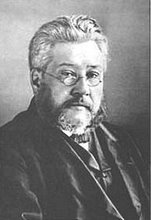



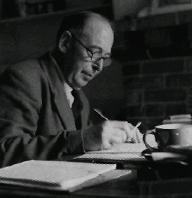


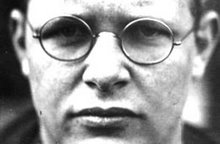
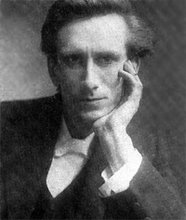
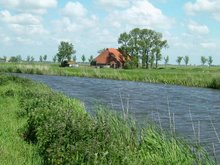

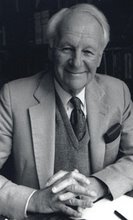

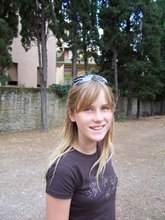
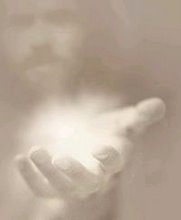

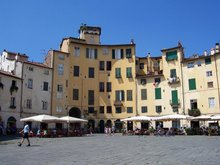


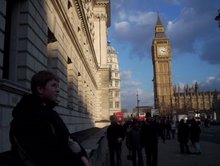
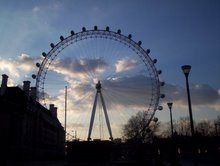
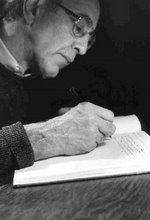

4 comments:
You sir, are a moai master.
Wait till you see my contribution
:-)
I think the answer to the question "Why" about much prehistoric art is simple: "Why not?" That is because I couldn't answer that question about 95% of the work I've done.
We have a tendency to ascribe religious significance to any artifact we don’t immediately understand. For example, in Mesa Verde a Ranger described a series of regular holes carved into the canyon floor as remnant of some long-forgotten religious ritual. My engineer husband sized them up and decided they footers for a wooden structure fronting the cliff dwelling. We mooted this theory to the Ranger but it didn’t match his concept of the Anasazi people.
Here’s a reverse example. Most planned American cities are laid out on a grid which aligns roughly with geographical North, South, etc. There are a few older cities with urban cores which reflect the “cowpath era” when the streets were tortuous and curved. The change in street design was purely practical. An archaeologist in the future might see that shift in design as representing a shift in religious beliefs, just as archaeologists today read religion into the shift between early and later Anasazi building.
In my humble opinion, we give our ancestors far too little credit for intelligence—they could not have threaded their way to the present without great ability. Because they (presumably) didn’t know the math is no reason to think they didn’t understand the physics necessary to hoist those awesome statues in place.
@ Carol. Great contribution. Yes, I agree - we underestimate the intelligence and skills of our ancestors. I studied ancient temple building techniques (literature study for my History teacher's education), while other students studied ancient techniques for water transportation and distribution. We were all impressed by the skills of our ancestors!
I do understand why people attach religious meaning to statues such as on Easter Island. I think it is likely that these statues were made to protect the people against invaders - also in a spiritual sense. But they are all human made, of course - and although the material is relatively soft (lava stone), these giant pieces of art are still very impressive!
Post a Comment